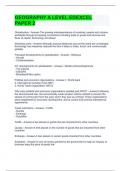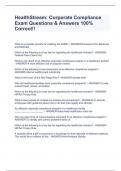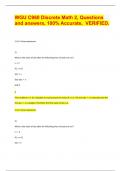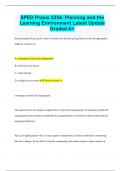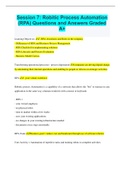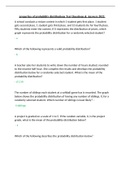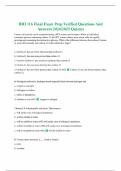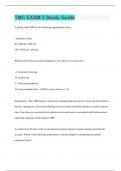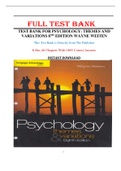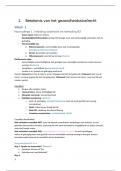Tentamen (uitwerkingen)
GEOGRAPHY A LEVEL EDEXCEL PAPER 2 QUESTIONS AND ANSWERS WELL ANSWERED A+
- Vak
- Instelling
Anti-globalisation/deglobalisation - Answer-Cultural erosion (alongside concerns about migration, economic exploitation, deindustrialisation, and environmental damage) is leading to anti-globalisation and de-globalisation movements. Global culture opposition and resistance: France - Answer-Franc...
[Meer zien]
